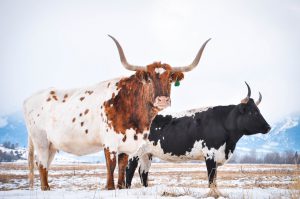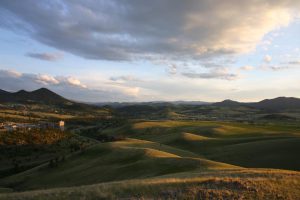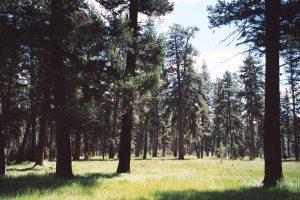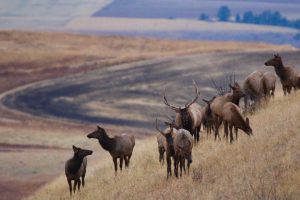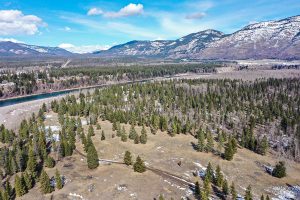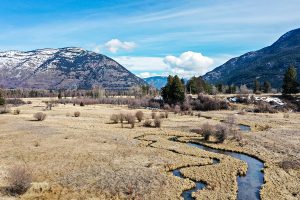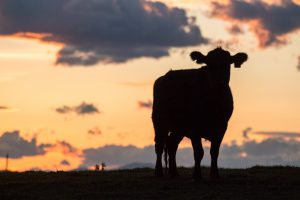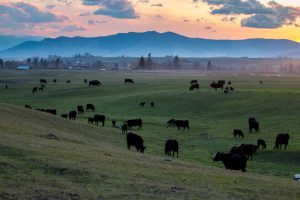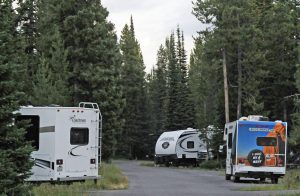Bitter Root Land Trust, the owners of the South Burnt Fork Ranch, the Ravalli County Open Lands Bond Program, and the NRCS ALE Program have teamed up to add close to 300 acres of conservation to the “South Burnt Fork Conservation Neighborhood” in Ravalli County.
The Melsness family ranch is the newest addition to a roughly 1,500-acre conservation area in the Burnt Fork area. The Melsness ranch project adds to the Laursen Hay Farm (244 acres), Griffin Ranch (202 acres), and Schroder’s Sunset Bench Ranch (365 acres), in close proximity to several other conservation easements.
The Melsness family ranch is classified by the NRCS as “prime farmland if irrigated” and “farmland of local importance. The property also features wetland and riparian habitats associated with South Swamp Creek and Robertson Creek, which support a variety of species, including evening grosbeak, great blue heron, Clark’s nutcracker, Lewis’ woodpecker, and pileated woodpecker. The property is also and is important to the ecological integrity and functions of the Burnt Fork Creek drainage, the Lee Metcalf National Wildlife Refuge, and the Bitterroot River watershed. The ranch also harbors locally important species as elk, moose, white-tailed deer, black bear, fox, sandhill crane, American kestrel, bald eagle, and red-tailed hawk.
